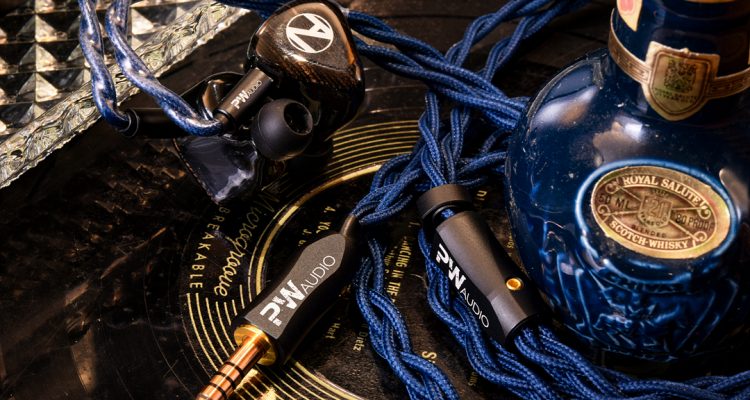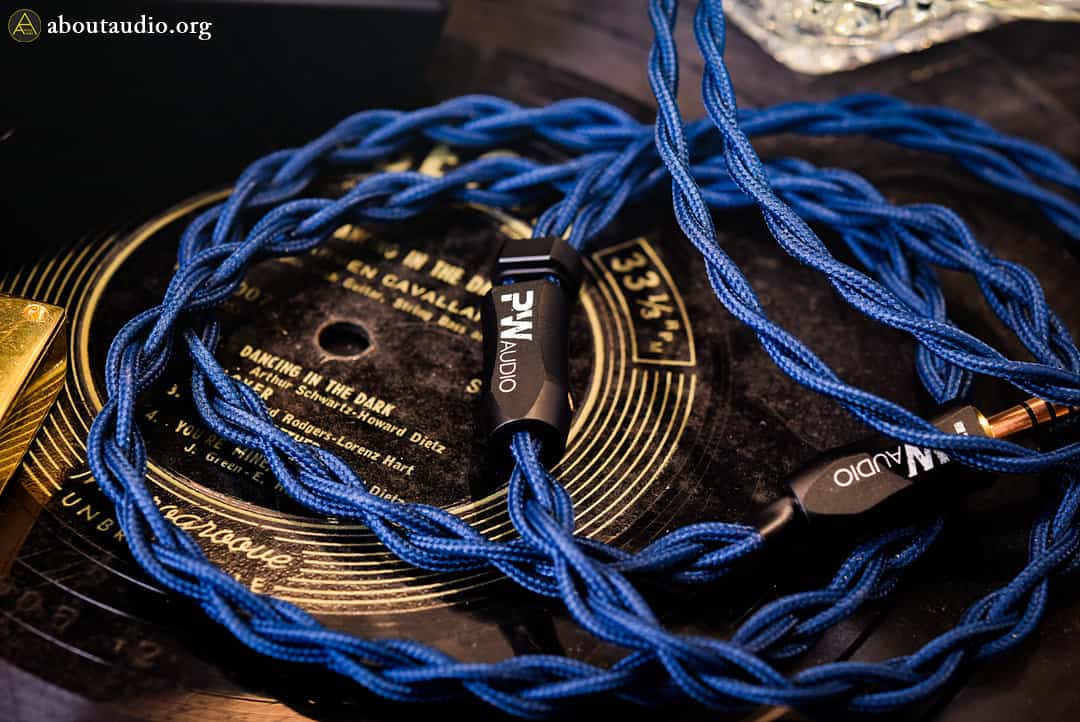
The Sound of 1960S MKII (2/2): Trebles, Texture, and Staging
The 1960S MKII is a cable that much respects the IEM’s intended sound. However, a unique lushness gets added to the tone, making the music much more enjoyable while retaining the charms that the IEMs already have. Highs pop out with stronger clarity yet fatigue-free. The 1960S MKII has a perfect white balance for the highs and achieves refreshing coolness without actually getting cold or overly bright. The treble tone gains a boost in clarity while staying thoroughly organic too. Needlessly to say, the 1960S MKII achieves a great soundstage – wide, deep, and vast.
As for the depth, the 1960S MKII not only dives deep towards the lower range but also reaches higher altitudes for the headroom, adding much more dynamics to the headroom. Overall, the 1960S MKII differs from many other cables in that the texture resolution and analyticity go along with the sound getting fuller – while most cables have to choose from either one. The 1960s MKII simply achieves both, reinforcing both analyticity and musicality.
How does 1960S MKII compare to the original 1960S?
Compared to the old 1960S (or 1960S MKI), the 1960S MKII is significantly improved in overall transparency, treble retrieval, and resolution. I’d say the biggest difference is that the MKII achieves thicker, deeper color without darkening the sound – it makes the sound brighter, in fact. In a fatigue-free, smooth-sounding nature, of course. The original 1960S is well-known for its full and lush tone to the IEMs but it also introduced a necessary addition of a dark, warm touch to the sound.
Meanwhile, while the MKII still keeps that pitch-black background, the sound is now much cleaner, brighter, and airy. Another difference would be the soundstage. The MKI achieved great depth and expansion, but not as much extension towards the upper headroom. The 1960S MKII covers a higher altitude for the headroom, giving a truly three-dimensional expansion for the soundstage.
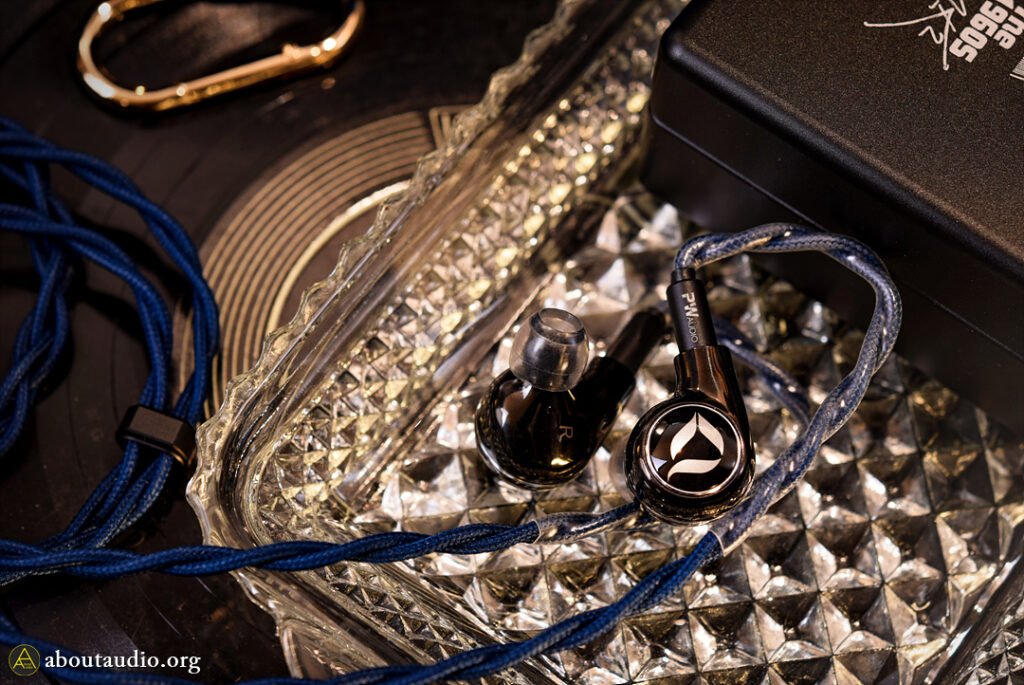
Matched with Dita Audio Perpetua (Review link):
Bass reverbs are something that reacts sensitively to defining an IEM’s sound signature. Lesser reverbs make the bass sound too thin or fragile while excessive reverbs “overcook” the bass and make it sound mushy and dull. Despite such complexity, the “PW magic” takes in place by breathing in reverbs while keeping a tight, clean sound signature. The IEM that is being referenced here is Dita Audio’s flagship 1DD earphone, the Perpetua.
Let’s talk more about the pairing with Perpetua and 1960S MKII. The next sonic change I feel is the quality of the background. The 1960S MKII creates a clean, pitch-black background that makes the sound shine clearly and purely. This makes Perpetua livelier and richer in timbre without actually coloring the sound.
The overall sound is thicker and deeper. The additional liveliness could be felt as well, thanks to the breathable air and reverbs that weren’t present on the stock cable. The tone now contains more moisture that brings in a more neutral, smooth sound without warm-toning it. The low-mids stay tight and agile as they used to be but now more mellow and rich. Texture-wise, the 1960S MKII also makes quite a noticeable difference. Within the smooth surface, the fine grain of textures is better displayed, offering a gentle boost in resolution.
I quite appreciate this change as it makes Perpetua extra dense and full without making the sound profile dull or slow. A glimpse of upper-end shininess has been added but just as smooth and fatigue-free. The mids and highs have also gained some energy that makes them more powerful and active. Alongside, the upper ends gain boosts in both resolution and staging, making the higher notes sound well-layered and finely separated. The 1960S MKII brings in lushness by organizing the elements that were already hidden inside the IEM rather than introducing artificial enhancers, keeping Perpetua thoroughly natural and as intended.
To be frank, the impact didn’t feel too significant when I first paired Perpetua with the 1960S MKII. Yet soon enough, the more I tune into the sound and get the feel of it, the bigger the difference I can tell that the 1960S MKII brings. Once listening to the 1960S MKII, try diverting back to the stock cable – you’ll feel a significant downgrade as the sound gets “boring” in details and bland in tone, showing the natural upgrades that the 1960S MKII brings to Perpetua.
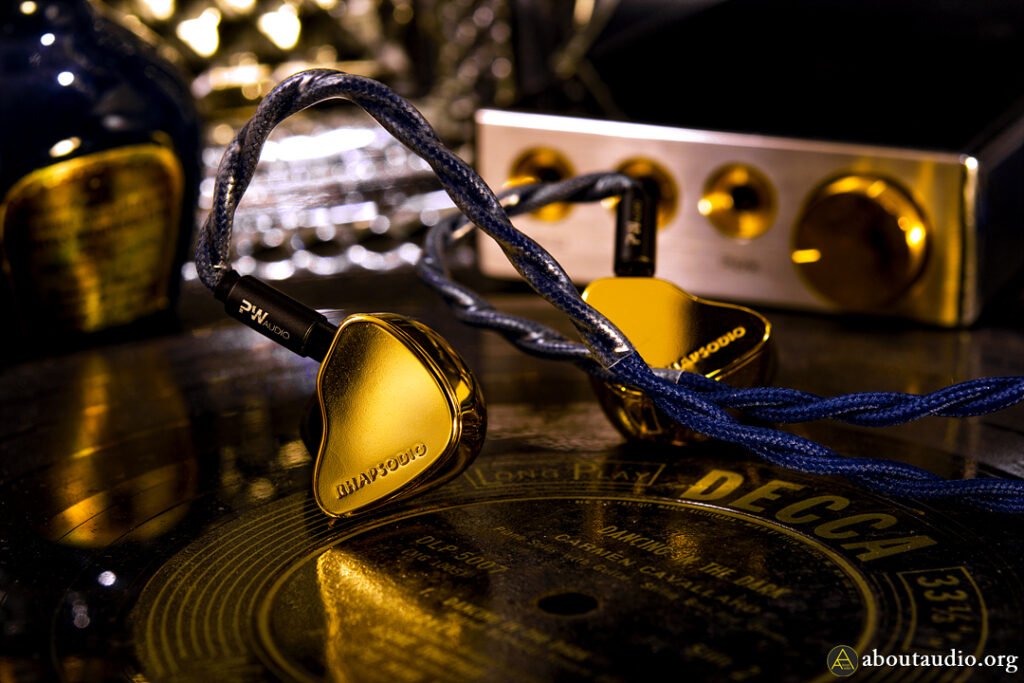
Matched with Rhapsodio Supreme V3 (Review link)
Similarly to Perpetua’s example, the first change is the liveliness as well as the airiness that exists throughout the range. It’s not just the upper-end, cooling breeze but also includes low-ends and reverbs in general. Low ends are tighter and more solid. Although V3 already had an energetic bass profile, pairing it with the 1960S MKII makes me wonder “Was the original bass actually more on the passive side?” The bass of V3 is more energetic and powerful in energy. Clean bass as before yet now retrieving more details, depth, body, and color. A little bit of warmth has also been added. Overall, Supreme V3 now brings out more pleasure in depth, size, and warmth for the low-ends. A mild amount of sub-bass is added as well but marginally.
Let’s now talk about the soundstage and upper-ends. The 1960S MKII further expands Supreme V3’s already massive headroom. This expansion is done naturally with the V3’s sound and doesn’t give off the feeling that the sound is simply “stretched out” artificially. As for the upper ends, the 1960S MKII’s dynamic sound signature fits well with the V3 since both low-ends and high-ends have gained improvements. The upper ends that might have been a tad fatiguing after longer listening are now gently tamed, making Supreme V3 smoother and creamier for the vocals and highs. The tone of the trebles sounds more lush too. After all this, diverting back to the Copper Wizard MK3 makes the sound thinner in body and details. In general, the 1960S MKII aids this golden emperor in both musicality and analyticity, shining its charms even brighter.
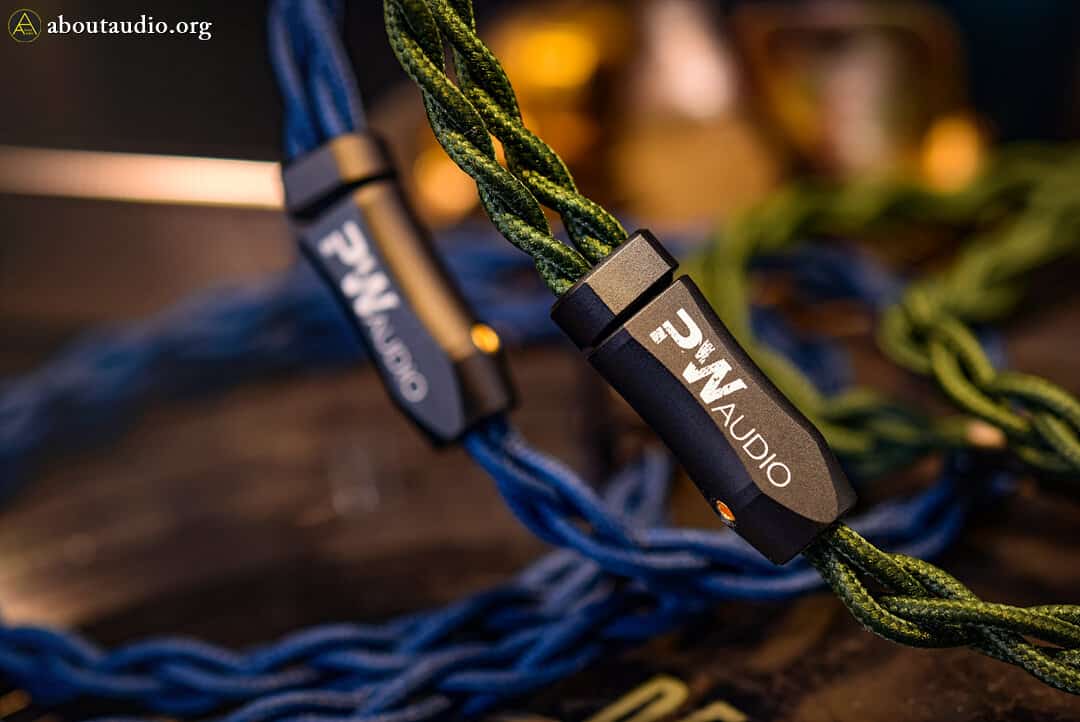
PW Audio 1960S MKII vs. PW Audio Meet Agains (Review link)
Meet Agains has a more modern taste to the sound. The MKII sounds a lot more modern than the old 1960S, yet still has a bit of a classic, organic touch than Meet Agains. As for the bass, the MKII is noticeably stronger and deeper in low-end presence. The bass is darker, deeper, and warmer. The white balance contrasts are much stronger. In other words, dark sound is darker, and bright sound is brighter. The MKII shows thicker, fuller, and stronger mid-bass yet still just as tight as Meet Agains. The bass expansion, extension, and depth are superior on the 1960S MKII.
Meanwhile, Meet Agains is more linear and flatter than the MKII in overall dynamics. While the overall dynamics may be weaker, Meet Agains brings out a cleaner, more consistent tone. Treble timbre is more fruity and cleaner as well. Meet Agains is also superior to the MKII when it comes to controlling dips, sibilance, and tonal turbulence in general. Meet Agains does a better job particularly when there’s an intense inflow of instruments, having them sound more organized and controlled.
Both cables desire a wide, full staging but they differ in their styles. The MKII highlights the reverbs and ambient rumbles to create musical, three-dimensional dynamics. Meet Agains, on the other hand, has more of a monitoring soundstage. It still very much creates a spatial and full headroom, yet the sound is layered out more linearly. Meet Agains feels to focus more on stretching further than making stronger grooves. Because of this, Meet Agains sounds more “vast” and “full”.
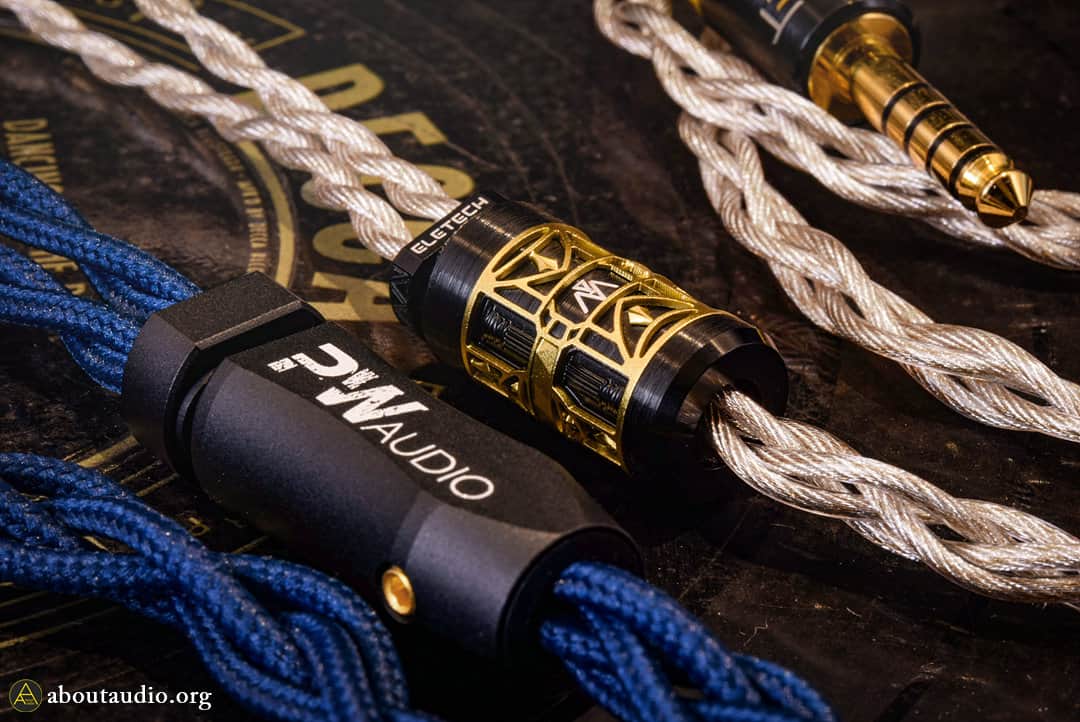
PW Audio 1960S MKII vs. Eletech Sonnet of Adam (Review link)
The next contestant to the MKII is the Sonnet of Adam – the co-flagship cable from Eletech, currently one of the most popular high-end cable brands. The tuning philosophies of Eletech and PW Audio are very different, and these differences are apparent as we compare these two flagship cables. Adam has a neutral-white background tone whereas 1960S MKII has a dark or black background tone. The 1960S MKII noticeably highlights the low ends and adds warmth to the tone. It also offers a more grand, larger, and fuller sound than Adam. Because of this, the sound comes out thicker with deeper color tones. The ultra-low extension and density are superior to the 1960S MKII. For the lower ends and soundstage, Adam is no match to the 1960S MKII.
As for Sonnet of Adam, due to its neutral-tuning, the low-ends don’t gain much emphasis in quantity but focus more on the quality, presenting a cleaner, clearer bass tone. Because of this, the bass tone gets impressively deep despite the bass nuance almost remaining the same. I’d say Adam goes for more of a subtle way of bringing out mellowness to the bass while 1960S MKII makes bold moves for enriching the bass. While 1960S MKII got the lead for the lower ends, Adam shows its superiority to 1960S MKII regarding the upper ends and texture fineness.
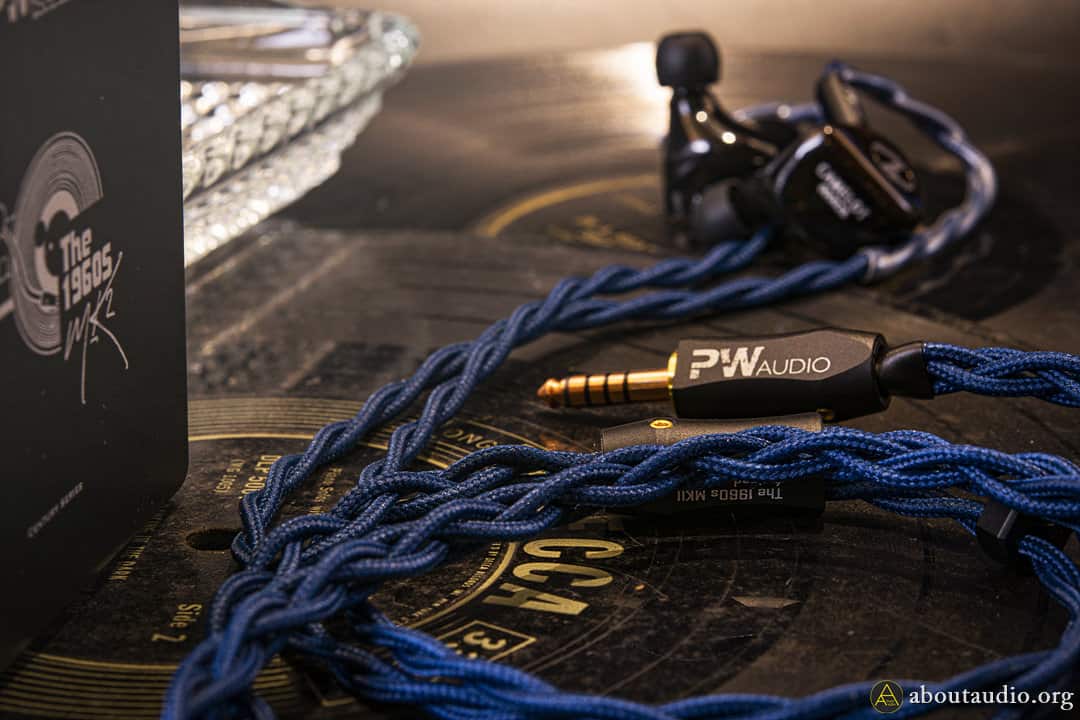
Verdicts: Not just the Soul but also the performance
While PW Audio has released many excellent cables by now, the 1960S series just feels something different. The 1960S still sounds good to this date, sure, but this extra specialness is probably and mostly due to it being the product that made today’s PW audio possible. Although Orpheus now holds the title of the ultimate flagship cable from PW, the new 1960S MKII fully lives up to the expectations that would follow up to the old legendary model, as well as being “cost-effective” compared to their even higher-end models like Orpheus.
PW Audio’s tuning advancement is well proven through the 1960S MKII. The lush, clean, and quiet background topped with dynamic and rich sound details overall puts the earphone into a higher weight class. For those who have enjoyed the legendary 1960S, or if you’d like to experience the updated, even more powerful version of the “PW magic” that popularized the custom cable hobby, the 1960S MKII is a cable that you must listen to.
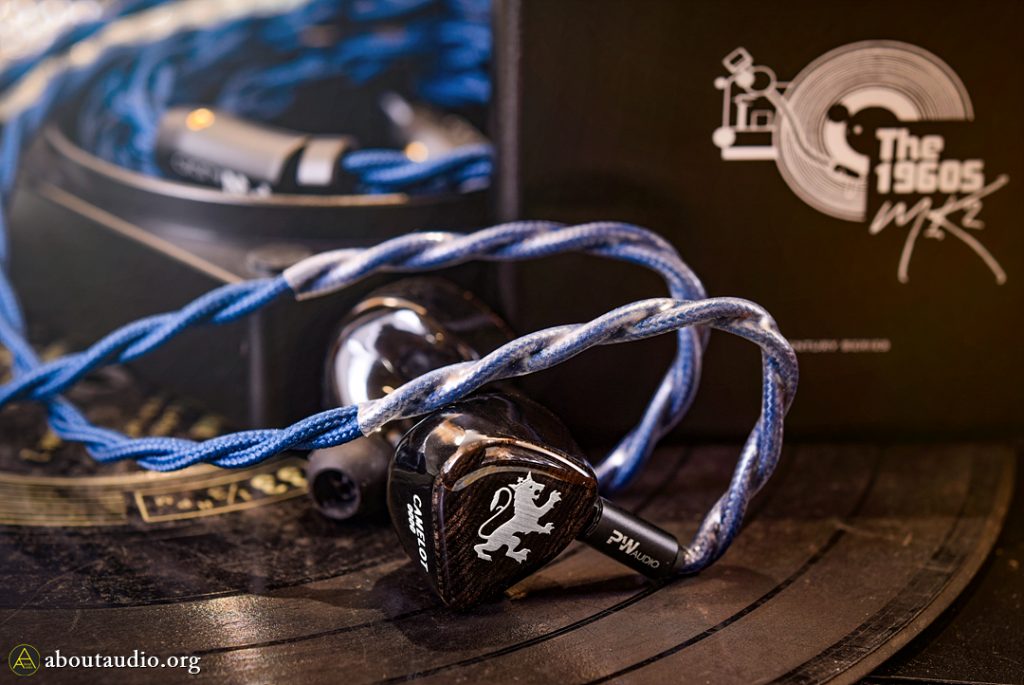
Thanks for reading. Sharing and leaving a comment would help a lot.
Source Player: Cayin Audio N8BB
Related Review: PW Audio Meet Agains Review: The Accessible Orpheus


